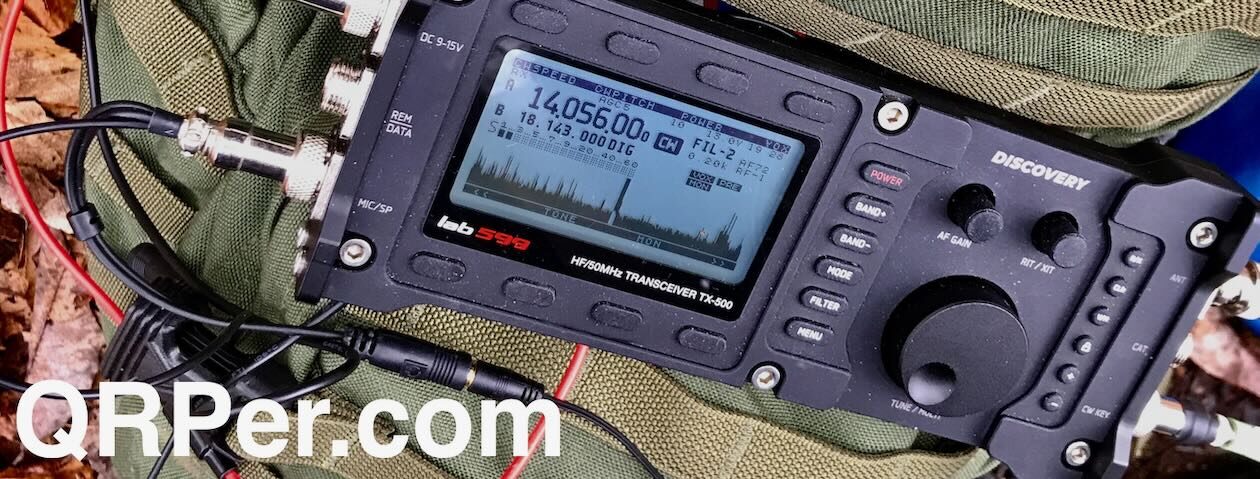Many thanks to Jonathan (KM4CFT) who shares the following guest field report and video:
Chatfield State Park (K-1212)
January 20, 2022
by Jonathan Kayne (KM4CFT)
The honorable Yaesu FT-817/818. You all know it and love it. I had been wanting to get myself one for a while but after just buying myself a shiny new ICOM IC-705, I had been planning on getting myself an 818 in the spring to play around with. December came and I find out that Yaesu was going to discontinue the 818, so I went and bit the bullet and bought one from Ham Radio Outlet.
 I had been getting into CW for portable operations lately after wanting to learn CW for a while and my friend Zach Thompson (KM4BLG) had pushed me to learn it. I learned it over the course of two months through an app called “Morse Machine” and listening to Thomas’s YouTube videos while working so as to get used to the exchanges and pick up words. Then I activated and all the rest is history! (If you want to see my 3rd time activating see this video here.)
I had been getting into CW for portable operations lately after wanting to learn CW for a while and my friend Zach Thompson (KM4BLG) had pushed me to learn it. I learned it over the course of two months through an app called “Morse Machine” and listening to Thomas’s YouTube videos while working so as to get used to the exchanges and pick up words. Then I activated and all the rest is history! (If you want to see my 3rd time activating see this video here.)
Why is this important? Because the FT-818ND does not have a narrow 500 Hz filter for CW operation by default, and since I consider myself to be still a newbie I wanted to install a Collins Filter before I take my new 818 into the field. Since these filters are hard to obtain, I went with the build your own route. The method I used has been outlined in this blog and I have made a video of it here.
Now that I had my radio all ready to go with a filter, side rails, and Windcamp Battery, I wanted to get it in the field as soon as possible. Unfortunately due to a snow storm, the temperature in the Denver area was quite cold.
I can handle myself pretty well in the cold if I put on enough layers, but my fingers are another story. I have found that I cannot write properly unless my fingertips are exposed. The solution: do the activation in the car! Continue reading Jonathan takes the Yaesu FT-818ND on an inaugural POTA activation!





































